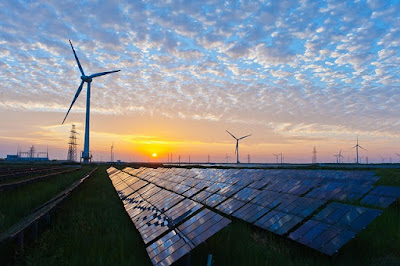 |
Prime Minister Modi launched the Make in India program in September 2014 as part of a larger set of nation-building initiatives. It was devised to transform India into a global design and manufacturing hub. India’s power generation has struggled to keep pace with its rapid economic growth, rise in population, and rampant urbanization. Despite an installed capacity of over 260 GW, energy demand has always surpassed supply by a wide margin, and with the 12th Five Year Plan (2012-17) that targets an annual GDP growth of 7-8%, there has to be a considerable increment in energy supply to keep up with the ever-increasing requirement.
There has to be a substantial expansion in energy infrastructure, whereby solar energy in India can continue to be a key driving force of its economic policy. Though presently both wind and solar technologies are manufactured in India, the former is better established with a capacity of over 10 GW, while solar manufacturing has only about 800 MW on offer. As the country gears up to raise its renewable energy capacity, it is imperative to recognize the need for a skilled workforce. The current population growth is such that India needs to create 10 million new jobs every year. However, although the renewable energy sector promises to a high potential to create new jobs, it also brings with it the need for skilling, which is not only urgent but also alarmingly unmet.
As India hosted the first Make in India Week, focusing on increasing domestic manufacturing in India, Piyush Goyal, the minister for power, coal, and new and renewable energy, spoke about how the country needs to have end-to-end solar manufacturing. To fructify the national renewable energy projects, there has to be recognition of the importance of strengthening domestic manufacturing. Goyal has promised that in the 18 months, solar manufacturing in India was likely to get significantly cheaper. The objectives of the Make In India initiative can be furthered only by strengthening domestic manufacturing of solar panels and wind turbines, at competitive prices. Besides, it will also provide an impetus to the solar and wind industry.
It is high time for a transition to an energy future in which renewable energy is a significant component. The best part is the immense political support that is being extended to this sector. With access to high-quality and relevant training programmes, coupled with the support to the domestic solar and wind manufacturing market, it can be expected that the synergies have finally been identified, which will go a long way in determining the pace of the renewable energy scale-up in India. As a part of one of the fastest growing conglomerates in the country, Welspun Renewables is invested in a sector whose potential return on investment is expected to be one of the highest under the Make in India regime.
